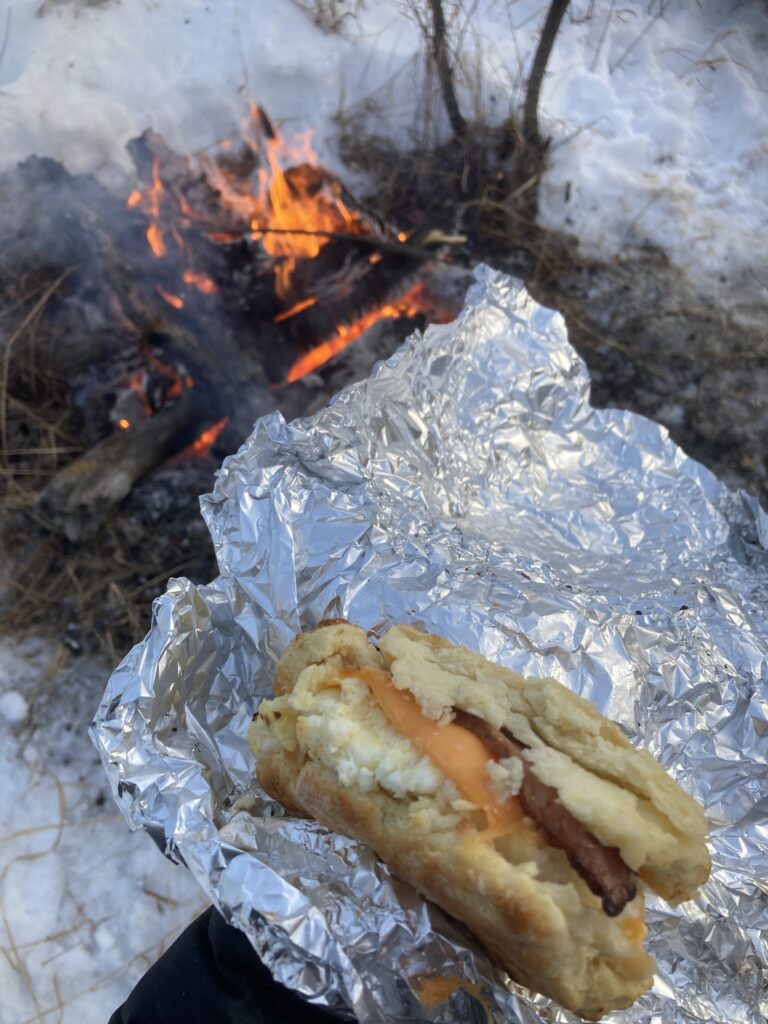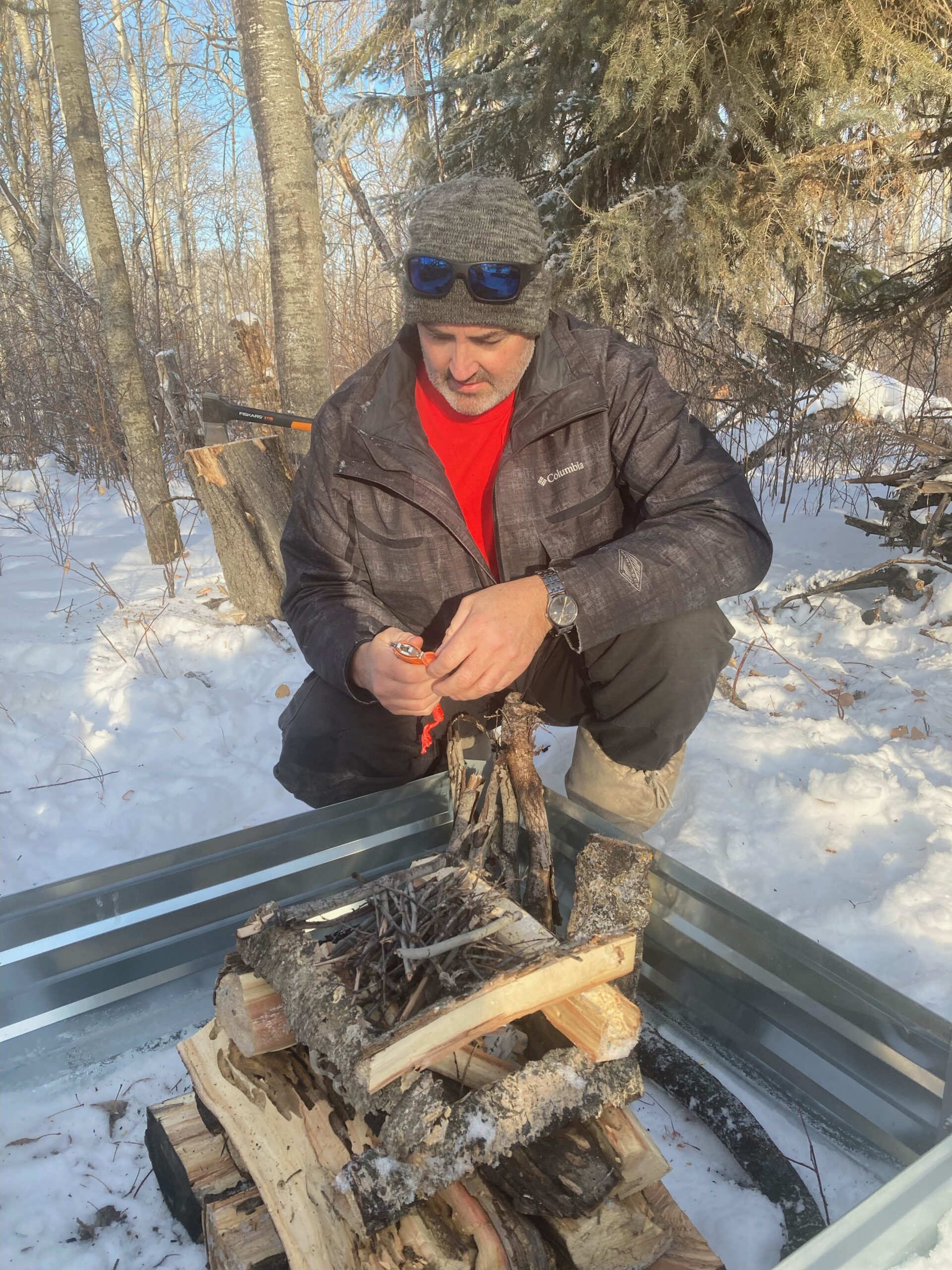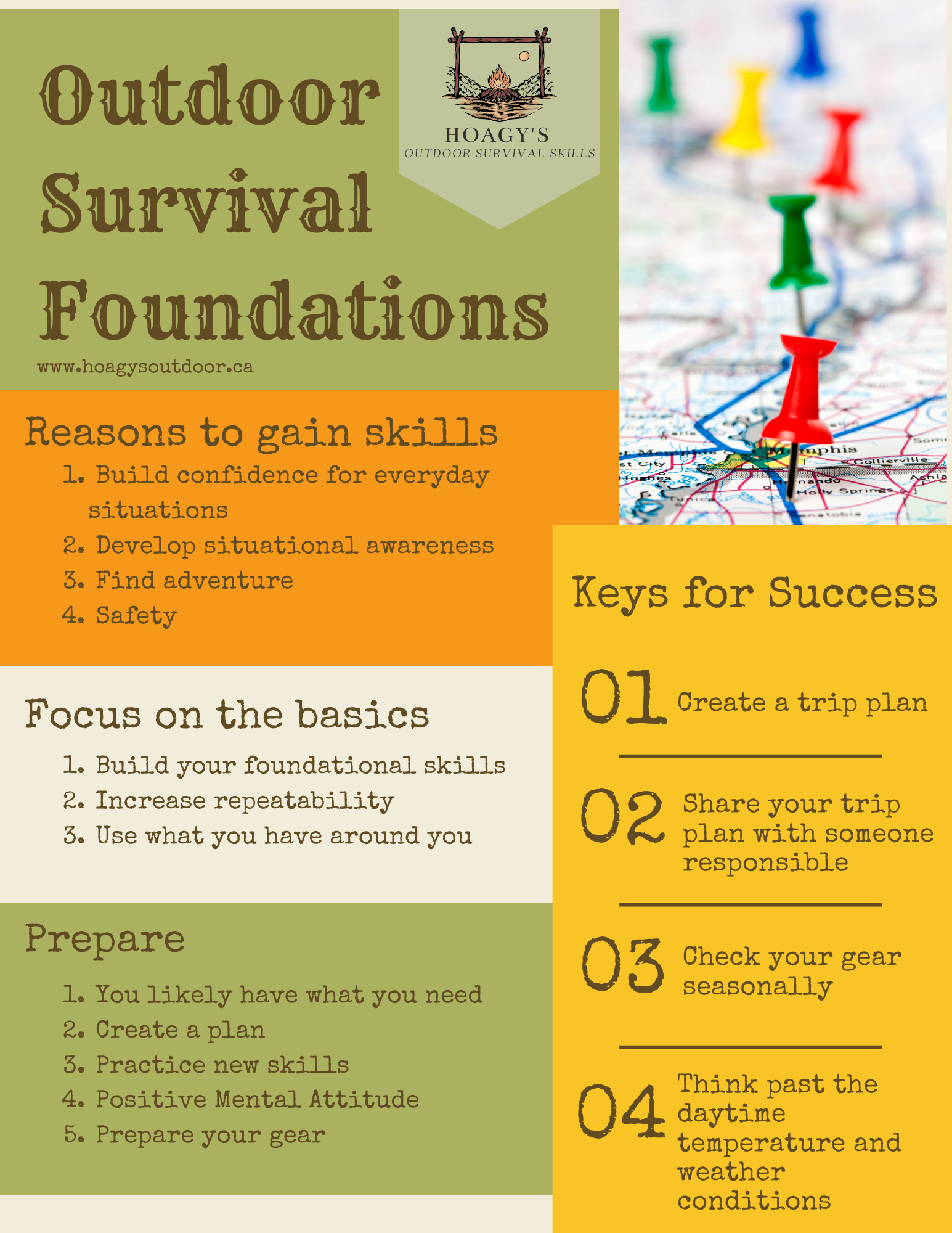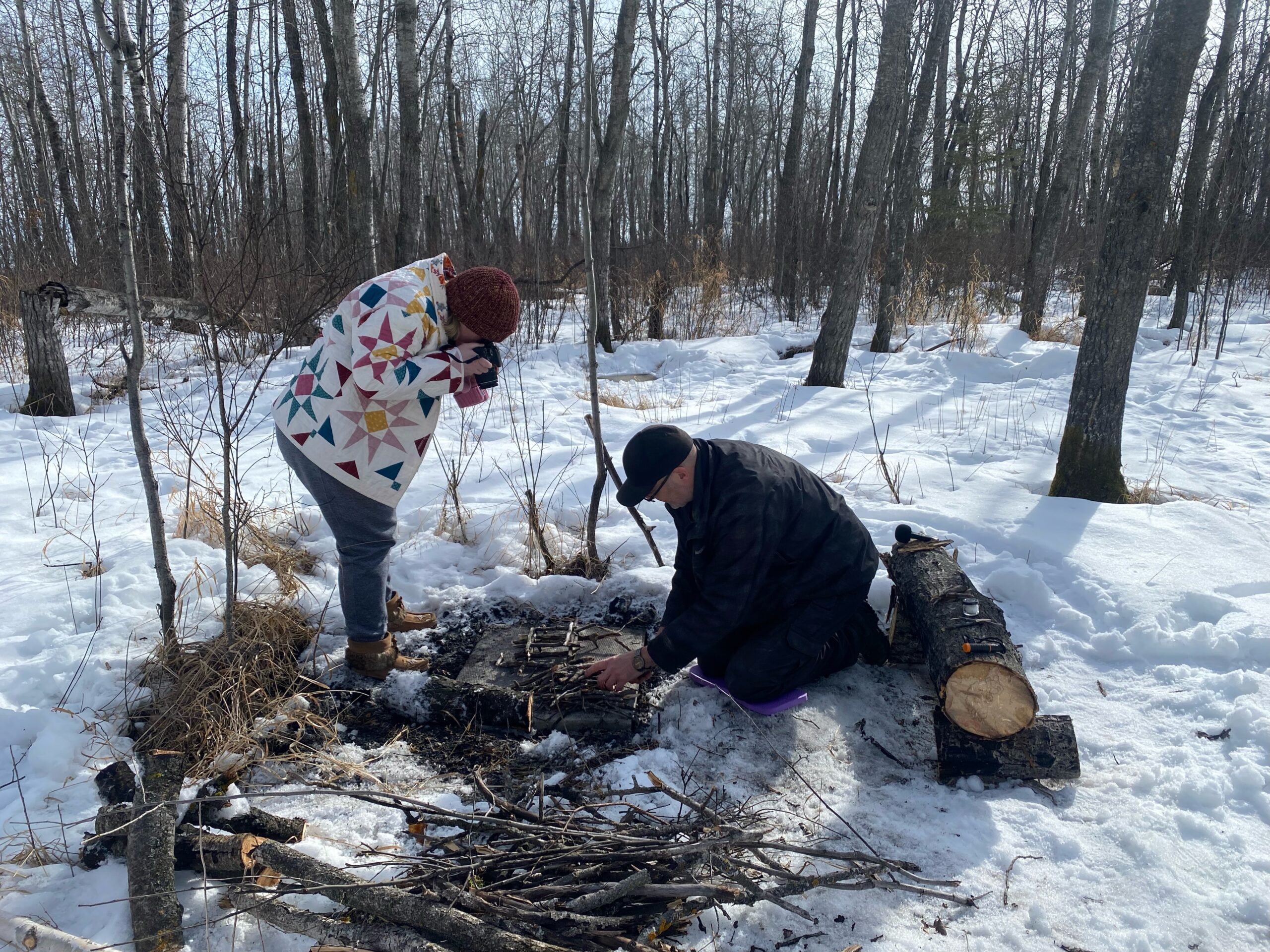It’s not just hot…
The hot glow of a fire can significantly improve your positive mental attitude as we explored in the last newsletter (let us know if you missed it and we will send it your way!). Several failures while starting your fire may have a detrimental impact your PMA. Knowing that a successful fire will help your PMA, it is equally important to know that it takes time to properly construct and sustain a fire. The time it takes to develop the right type of fire lay for your situation may seem unnecessary, yet, it should not be underestimated.
Besides improving PMA, a fire:
– offers warmth
– provides light
– gives protection from the environment
– can be used to purify water and cook food
– provides an opportunity to signal for help.
Now let’s talk about the components of fire, types of fire lays, as well as fire starters and extenders.
Never rush the preparation of your fire. If the first one fails it will take much longer to prep and start the second attempt, which will impact your PMA.

The components of fire
There are three components of fire that you may remember from elementary school science lessons. If not, we’ve got you covered.
Each component of a fire – heat, oxygen, and fuel – in the proper quantities will create and sustain a fire for what you require.
1. Heat – The heat of your fire will be affected by the moisture content and environmental conditions. Keeping tinder in a warm place like the inside of your coat in cold weather, will put you at an advantage when gathering the rest of your materials. The heat required for igniting your fire can be created by friction, chemical reaction, compression, percussion, electricity, or radiation (sun/solar).
2. Oxygen – In the initial stage of fire there is a delicate balance required and this can also be influenced by the moisture content of your fuel, elevation, and temperature. Without the proper amount of air an incomplete burn happens which leads to increased smoke. Fire in an enclosed space will build up gases (carbon monoxide, CO) displacing breathable air and causing a dangerous situation.
3. Fuel – there are many types of fuel used for fire, yet the most readily available is dry wood. When building a fire the most effective way to start is to build a good base including tinder, kindling, and fuel. The dryer the fuel is the better as a higher moisture content will lend to smoldering rather than burning.
As we can see, moisture will impact each of these three areas. There are several ways to work around this challenge, which we go in depth with during our Fire Craft course.
How many fire lays are there?
Not all fire lays are created equal. The typical fire styles people create for the outdoor camping experience is a teepee style or a log cabin. These are quick burning fires that can be a lot of fun and a lot of work – the effort to continuously bring in more fuel for the quick burn time. So what else can be done?
At Hoagy’s we focus on helping you learn 3 good quality fire lays out of more than 18 possibilities that we have picked.
One of our favorites is the upside down fire.
Getting it all started
Gasoline or lighter fluid may seem like the quickest way to get a fire started, but not the safest – it is dangerous! – and what happens when you don’t have gas available?
There are three things that you need to safely and effectively start a fire. Each of these can be kept close at hand in your survival kit. Most can be purchased and some can be made at home.
1. Fire starters include matches, lighters (electric or butane), ferro rod, magnesium bar, storm matches, or Fresnel lens (solar igniter).
2. Coal extenders include char cloth, some types of fungus, and charred punk wood.
3. Flame extenders include cotton pads/balls with wax or Vaseline, jute twine, tea light candle, or a variety of commercially available products.
These are just a few ideas to get us thinking about the use of fire when in a survival situation. It’s also great information to know when you are out camping with family and friends. Equally important, and often overlooked, is knowing how to properly extinguish a fire – ensuring the safety of the environment and those around you.
Complete our next fire craft training and ignite your confidence! (Training information here.)
Until next time,
Hoagy




